 Shutterstock
Shutterstock
Digging is a classic dog behavior that often puzzles and frustrates owners when they find their yards filled with holes or flowerbeds disrupted. This behavior, however, is far from random; it’s deeply rooted in a dog’s instincts. Dogs dig for various reasons, including their ancestry as hunters and den builders, seeking comfort, entertainment, or as a way to relieve anxiety. Understanding why dogs love to dig provides valuable insight into their natural tendencies and helps owners manage this behavior more effectively while appreciating its instinctual origins.
Tapping into Ancient Instincts
 Shutterstock
Shutterstock
One of the most significant reasons dogs dig is due to their primal instincts. Wild ancestors of domestic dogs, such as wolves, often dug holes to create dens that served as safe and comfortable spaces for birthing pups, resting, and staying sheltered from the weather. This behavior has been passed down through generations and remains part of a dog’s instinctual toolkit. Even if a modern dog has no real need to create a den, the act of digging may simply feel natural and fulfilling, like a connection to their wild heritage.
 Shutterstock
Shutterstock
Dogs have an acute sense of smell that allows them to detect scents far beyond what humans can perceive. Digging can be a result of their desire to unearth hidden treasures, whether those treasures are actual critters burrowing underground or a scent that piques their interest. For breeds with strong hunting and tracking instincts, such as Terriers and Dachshunds, digging is a means to pursue prey. These breeds were historically bred to flush out animals from burrows, so a dog that loves to dig may simply be acting on deeply ingrained hunting behaviors.
Cooling Off on a Warm Day
 Shutterstock
Shutterstock
Dogs can’t sweat like humans do; they rely on panting and other methods to regulate their body temperature. One reason dogs may dig is to create a cool spot in the ground to lie in on a hot day. The soil beneath the surface tends to be cooler, providing a natural way for dogs to cool down. Breeds with thick coats or those that are prone to overheating, like Siberian Huskies or Alaskan Malamutes, may dig more frequently during warmer weather as a way to create their makeshift air conditioning.
Boredom Busters
 Shutterstock
Shutterstock
When dogs are left with little to occupy their minds and bodies, digging can become a form of entertainment. Just as humans might pick up a new hobby or find an engaging activity when bored, dogs turn to what comes naturally to them. Digging provides both physical exercise and mental stimulation, especially for high-energy breeds like Border Collies or Labrador Retrievers. If your dog has started digging up your yard and you suspect boredom might be the cause, consider providing them with more playtime, toys, or interactive activities to channel their energy.
Anxiety Relief and Comfort Seeking
 Shutterstock
Shutterstock
Digging can also be a response to anxiety or stress. Dogs experiencing separation anxiety, loud noises, or changes in their environment may dig as a way to cope with their emotions. The repetitive motion of digging can be soothing for dogs, providing a sense of comfort during moments of stress. Dogs may also dig to create a small, confined space where they feel safe, much like building a den. If you notice your dog digging more during times of distress, it could be an indicator that they’re seeking a way to self-soothe.
A Place to Hide Precious Possessions
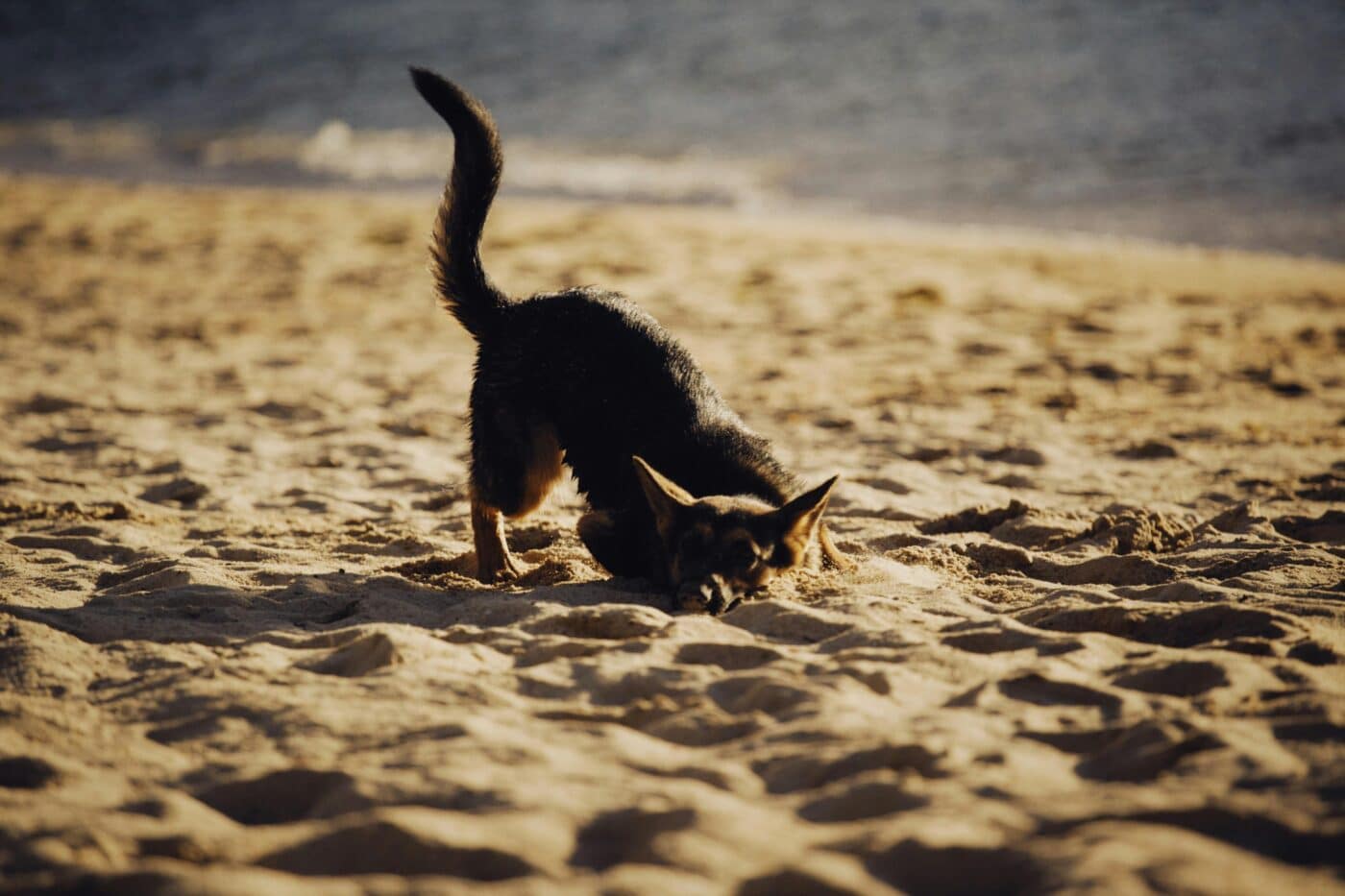 Shutterstock
Shutterstock
Dogs often have an amusing habit of hiding their favorite toys or treats. This behavior harkens back to their ancestors who buried food to keep it safe from scavengers and to save it for later consumption. Modern dogs, even those who are well-fed, may dig holes to bury items they consider valuable. It’s not uncommon for pet owners to discover a stash of hidden toys, bones, or treats buried in the yard or under blankets indoors. This behavior showcases a dog’s resourceful nature and instinct to protect their prized possessions.
Breeds That Dig the Most
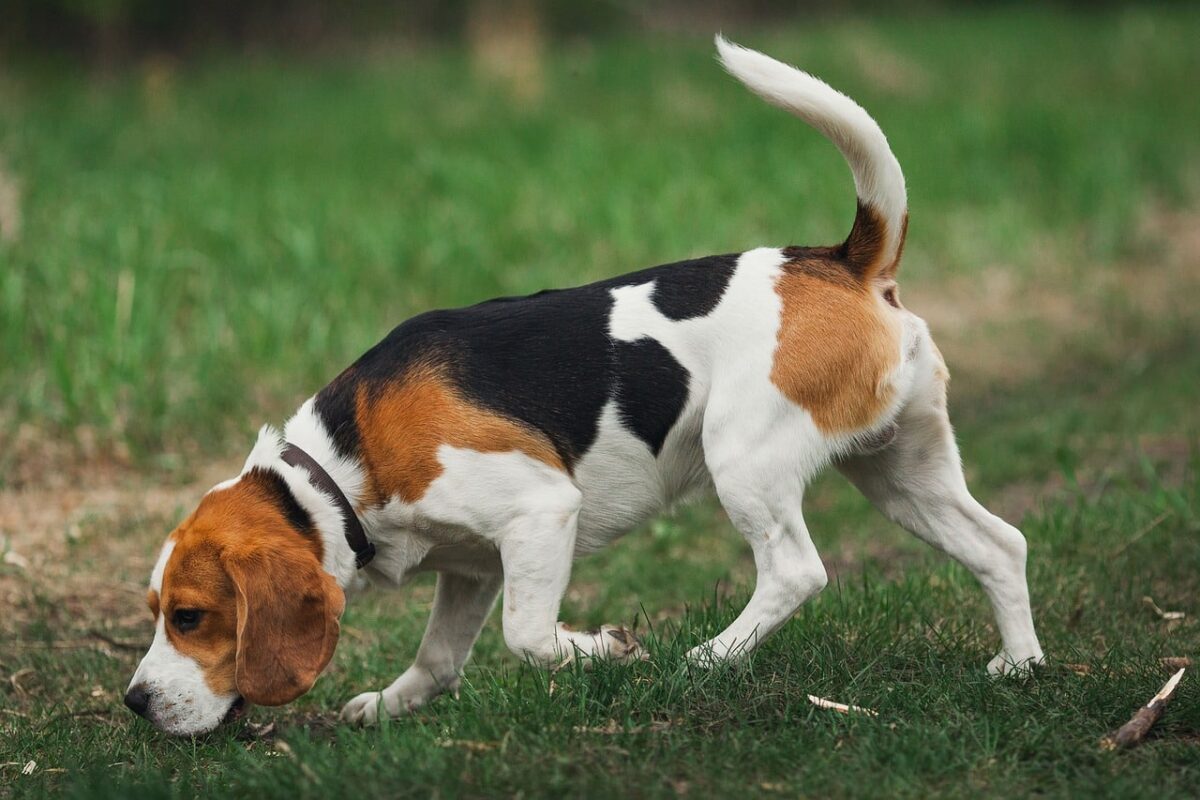 Shutterstock
Shutterstock
Certain breeds are more inclined to dig than others due to their genetic backgrounds and roles in history. Terriers, for example, were bred specifically for hunting and burrowing animals like rodents. Their compact bodies, high energy, and relentless determination make digging second nature to them. Similarly, breeds like Beagles and Basset Hounds, known for their exceptional sense of smell, may dig as part of their tracking behavior. Understanding which breeds are more prone to digging can help owners anticipate and manage this behavior in their pets.
 Shutterstock
Shutterstock
Dogs’ noses are powerful tools that can detect scents buried deep beneath the earth. Digging is often a way for dogs to investigate intriguing smells, whether they come from plants, other animals, or even underground water sources. Breeds like Bloodhounds, with their extraordinary olfactory capabilities, may dig to uncover the source of a particularly interesting scent. For dogs, following their noses can be an irresistible urge that results in them digging up flowerbeds or tearing up the lawn in pursuit of whatever has captured their attention.
Nesting Behavior in Expectant Females
 Shutterstock
Shutterstock
Female dogs, particularly those that are pregnant, may dig as part of nesting behavior. This is an instinct that ensures a safe and comfortable space for birthing and caring for puppies. The digging behavior allows the mother to create a den-like space that feels secure. Even if a dog isn’t pregnant, some females may display this nesting behavior due to hormonal changes or false pregnancy symptoms. Understanding the reasons behind this behavior can help owners provide a more comfortable environment for their dogs.
Attention-Seeking Behavior
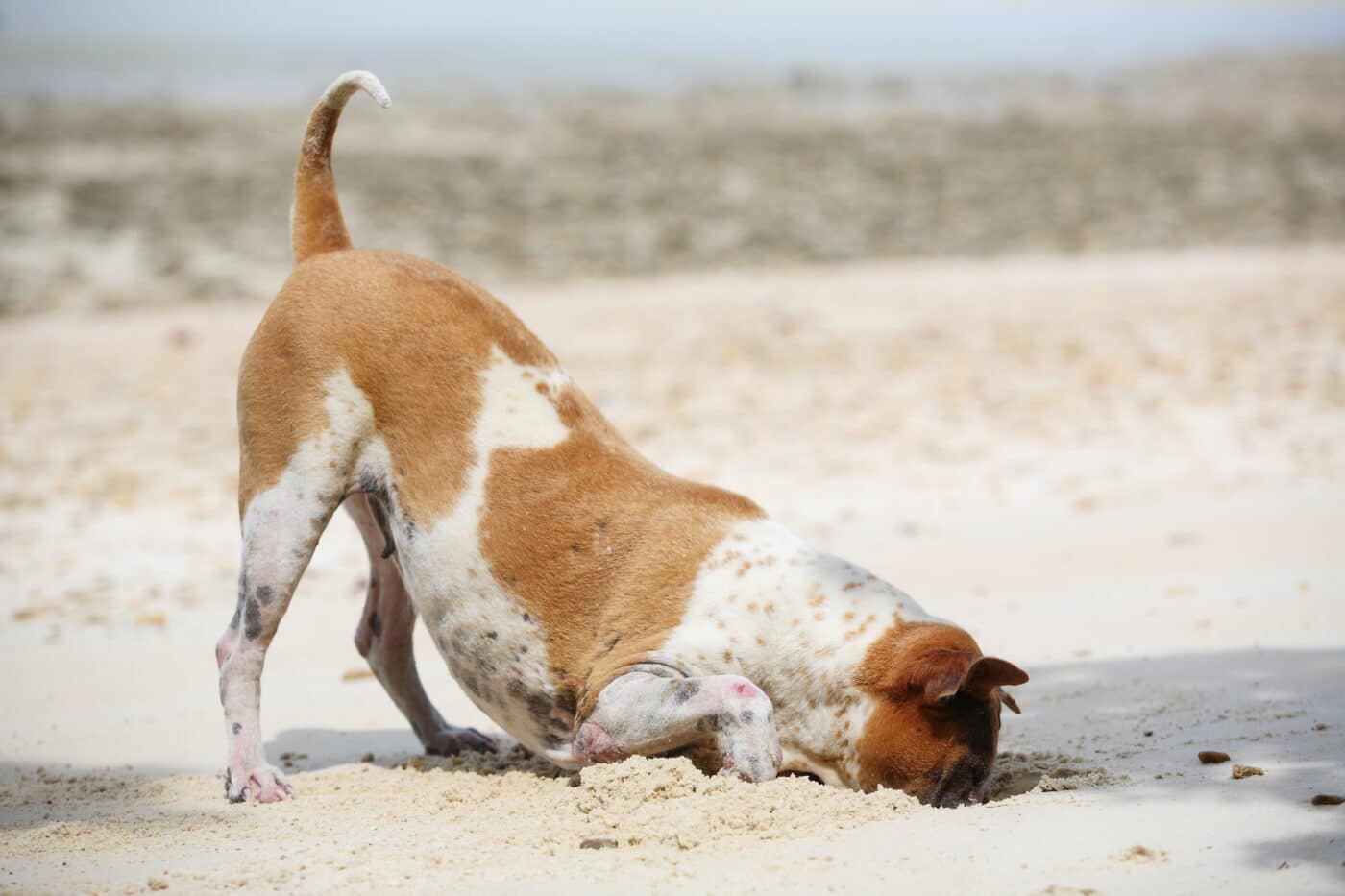 Shutterstock
Shutterstock
Sometimes, dogs dig simply because it get a reaction from their owners. If a dog learns that digging results in attention—whether positive or negative—they may continue the behavior as a way to interact with their humans. This can be particularly true for dogs that don’t receive enough mental stimulation or physical activity. Ensuring that your dog’s needs are met with regular play, training, and attention can help reduce digging as an attention-seeking habit.
Escape Artists on the Loose
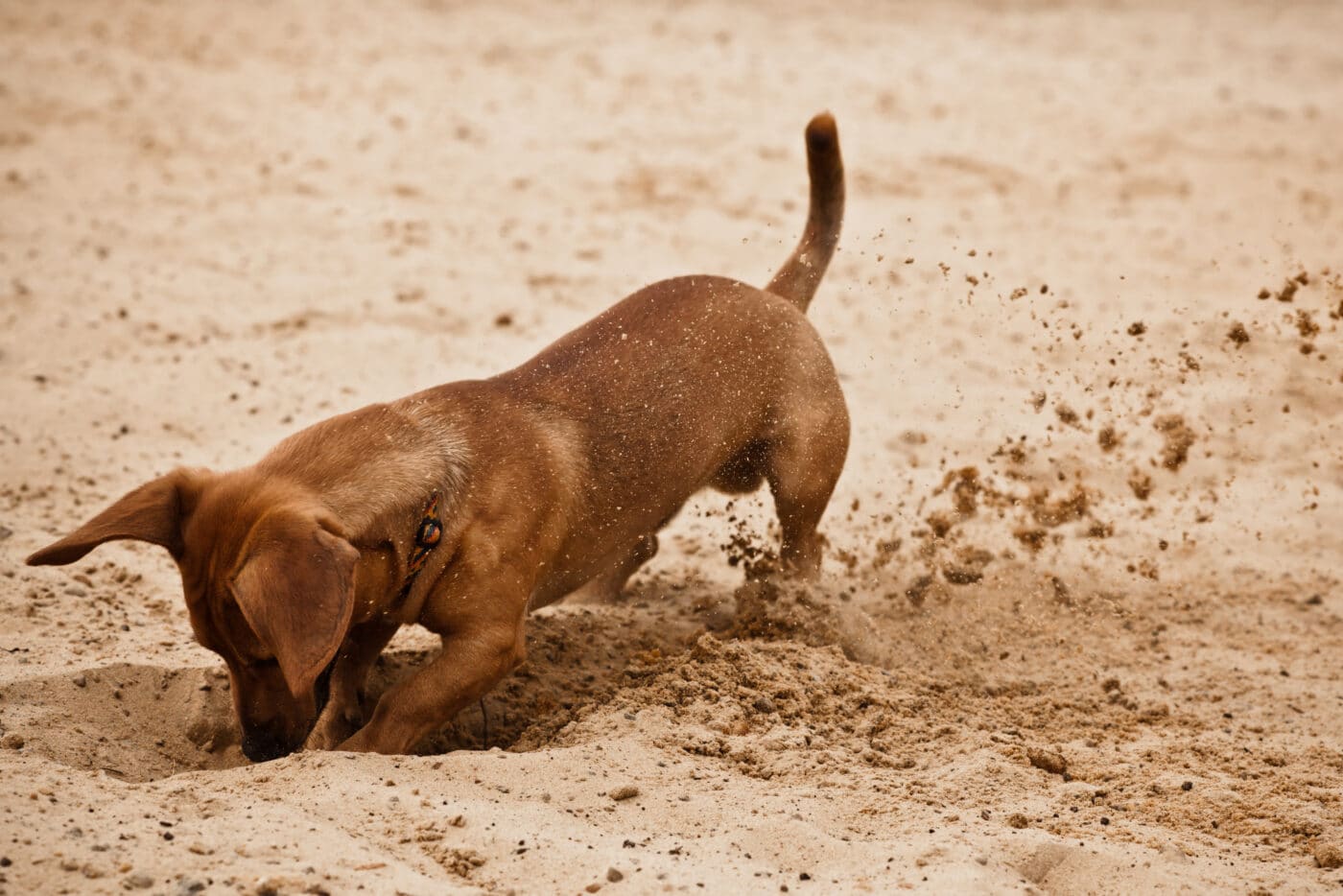 Shutterstock
Shutterstock
Some dogs dig as part of an escape plan, particularly if they’re left in a yard that doesn’t fully satisfy their curiosity or need for adventure. Dogs with strong wanderlust, like Huskies or Terriers, may dig under fences or gates to explore the world beyond their yard. This behavior can be frustrating for owners but is often rooted in a dog’s natural desire to explore and roam. Secure fencing and supervised outdoor play can help curb this type of digging behavior.
The Thrill of Discovery
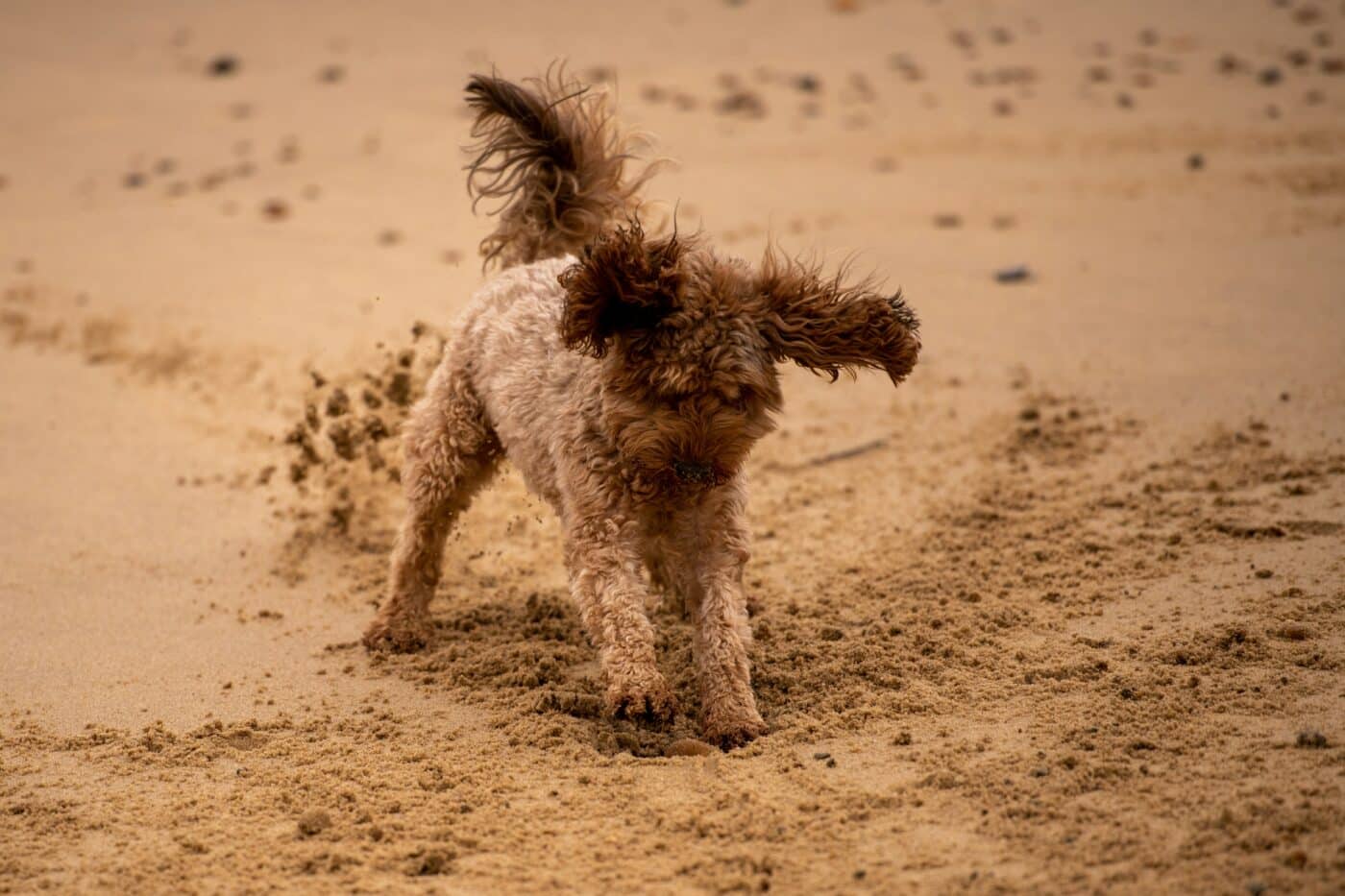 Shutterstock
Shutterstock
Dogs are naturally curious creatures that love to explore, and digging can be a way for them to discover new things. Whether they’re unearthing bugs, roots, or buried toys, the thrill of finding something unexpected can be rewarding for a dog. This sense of discovery taps into a dog’s inquisitive nature and is often accompanied by playful behavior and wagging tails. Owners can harness this enthusiasm by creating digging-friendly areas where dogs can enjoy their natural behavior without damaging the yard.
The Paw-sitively Fun Finale
 Shutterstock
Shutterstock
Digging isn’t just a quirky habit; it’s a window into a dog’s instincts, needs, and history. Whether they’re cooling off, searching for hidden treasures, or simply entertaining themselves, dogs dig for reasons that go beyond mischief. Understanding why dogs love to dig helps owners respond with empathy and strategies to manage or channel the behavior positively. So, the next time you catch your furry friend digging a new hole, remember—it’s not just dirt they’re after, it’s a connection to their roots and a bit of fun along the way.

 2 weeks ago
6
2 weeks ago
6

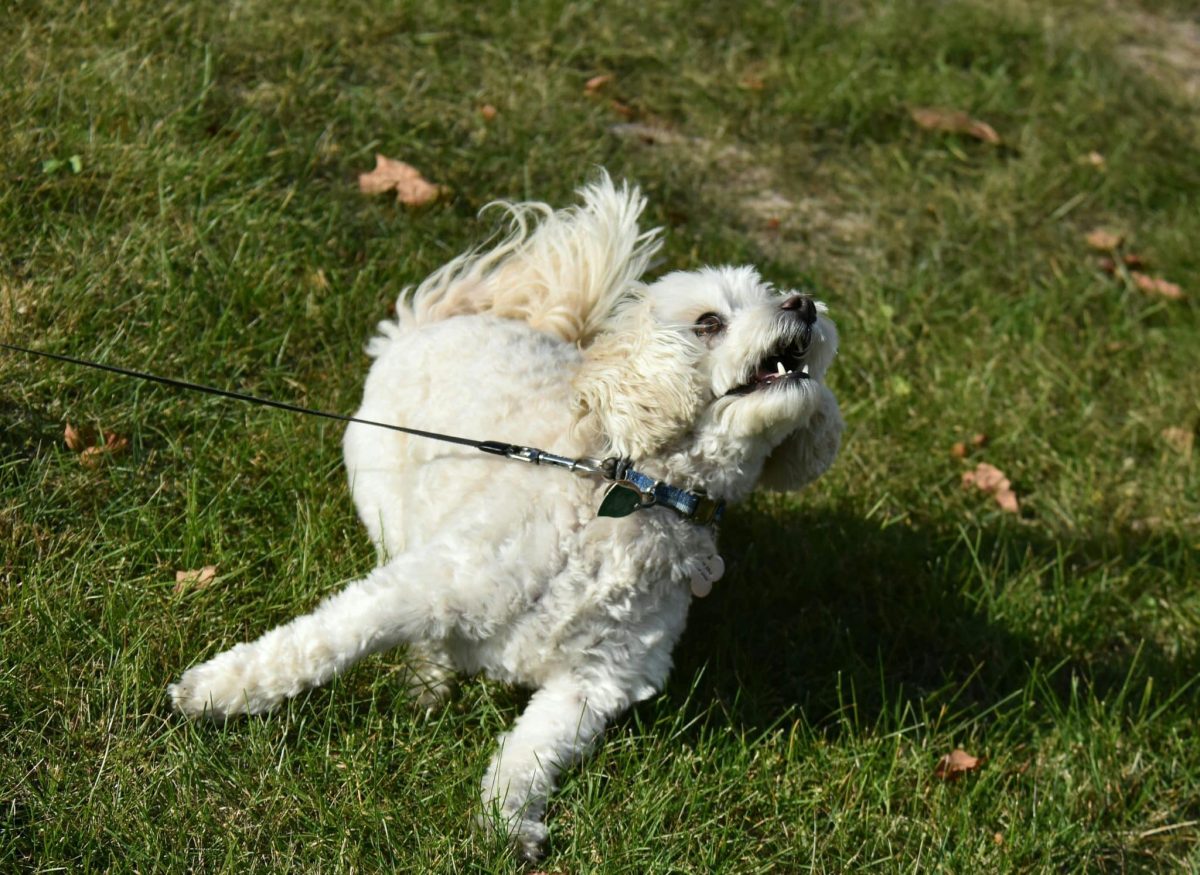




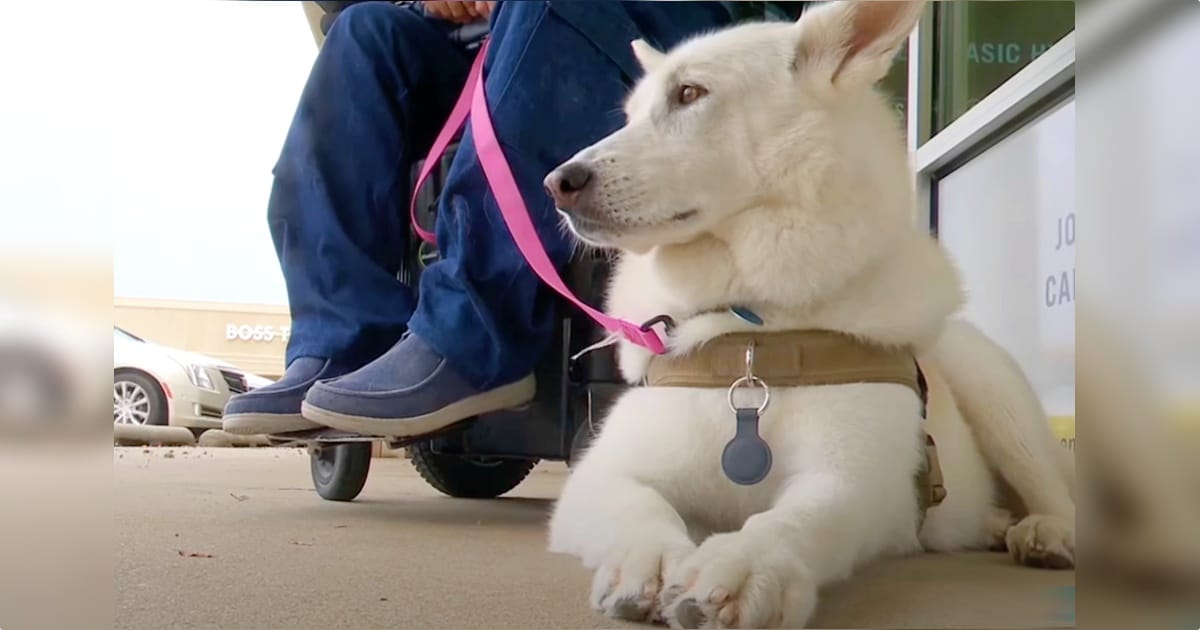
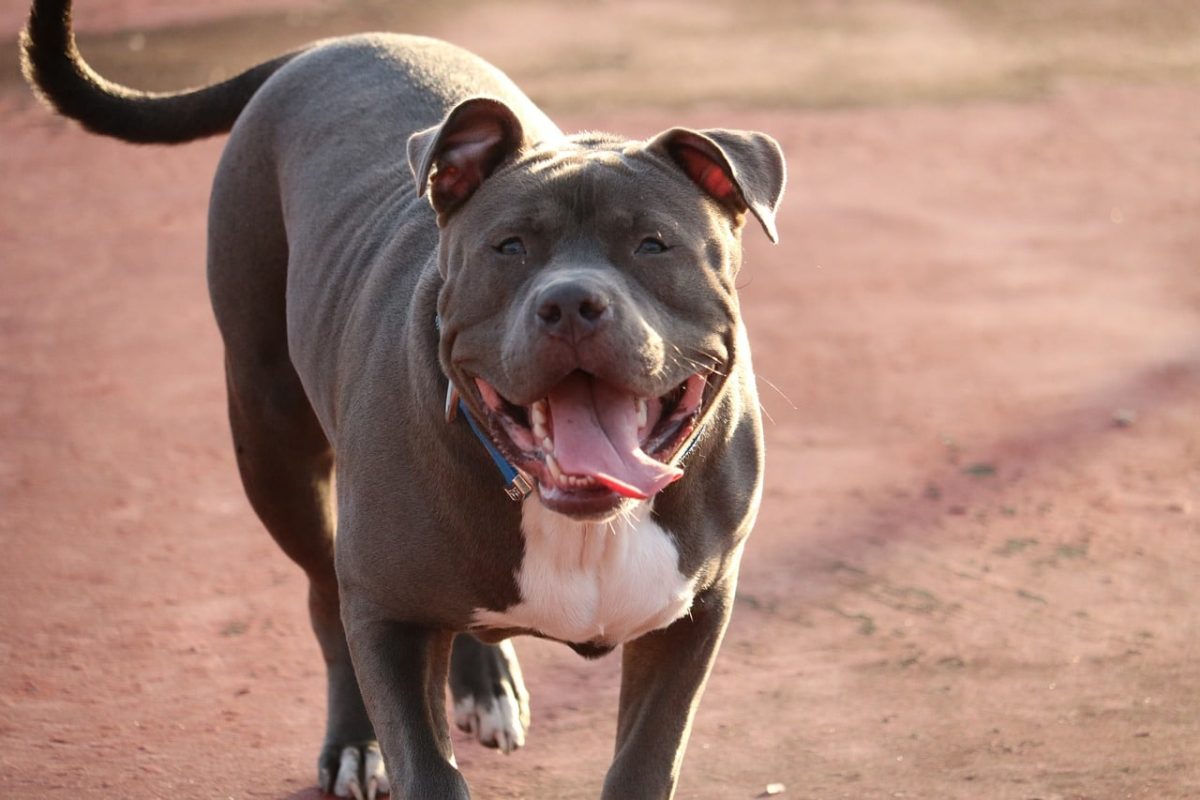



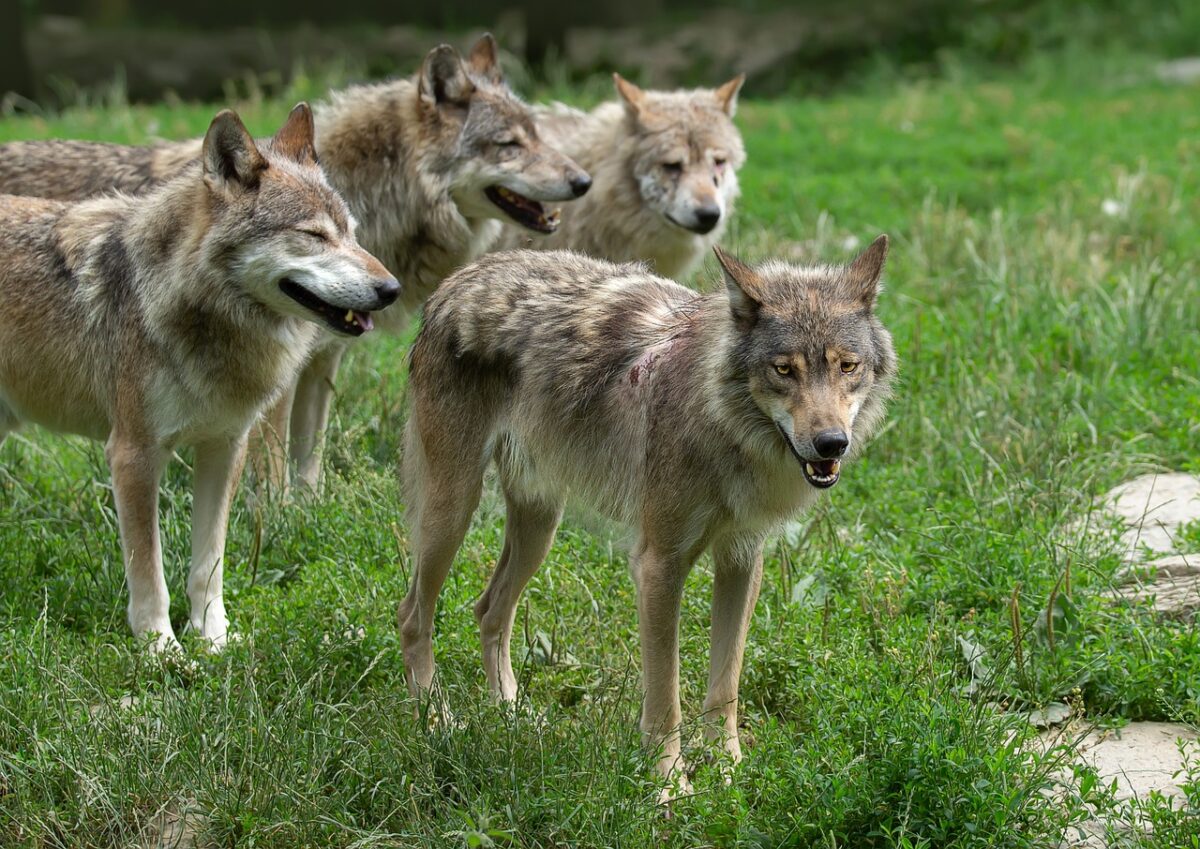
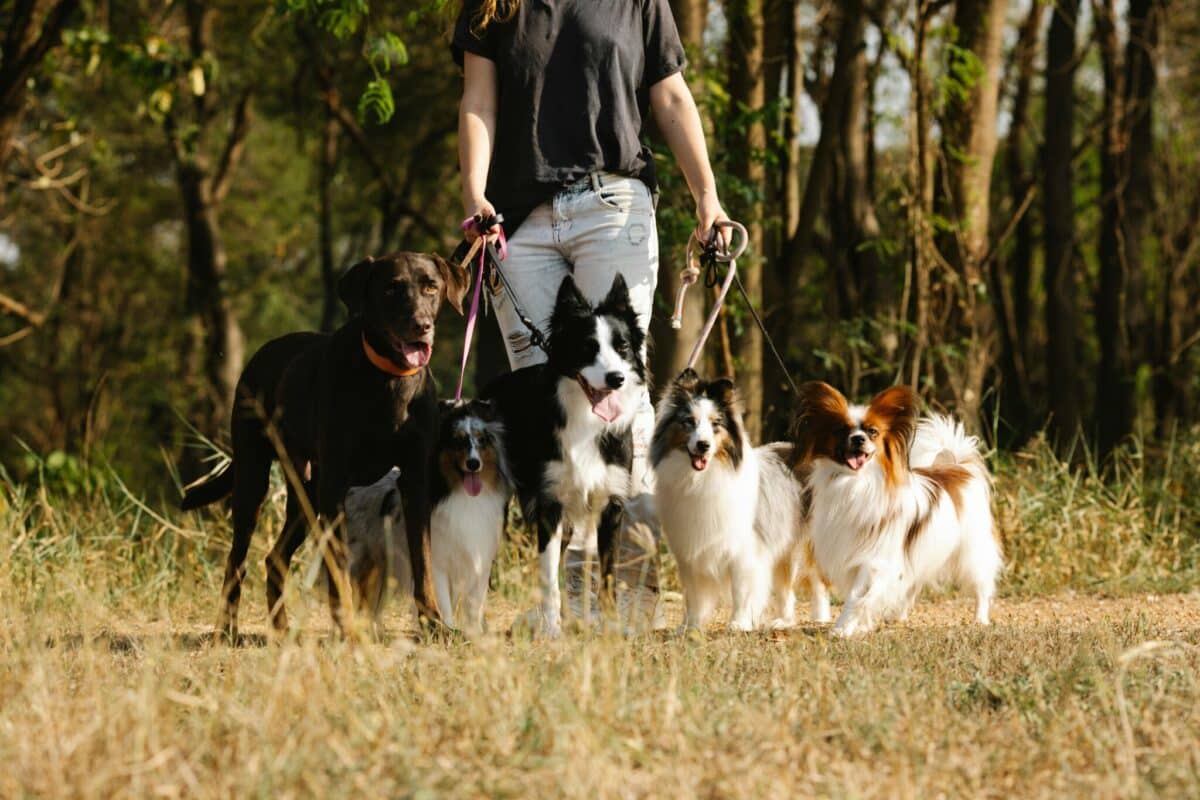





 English (US) ·
English (US) ·